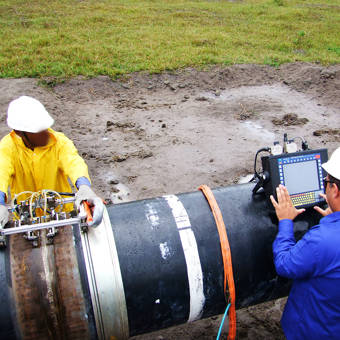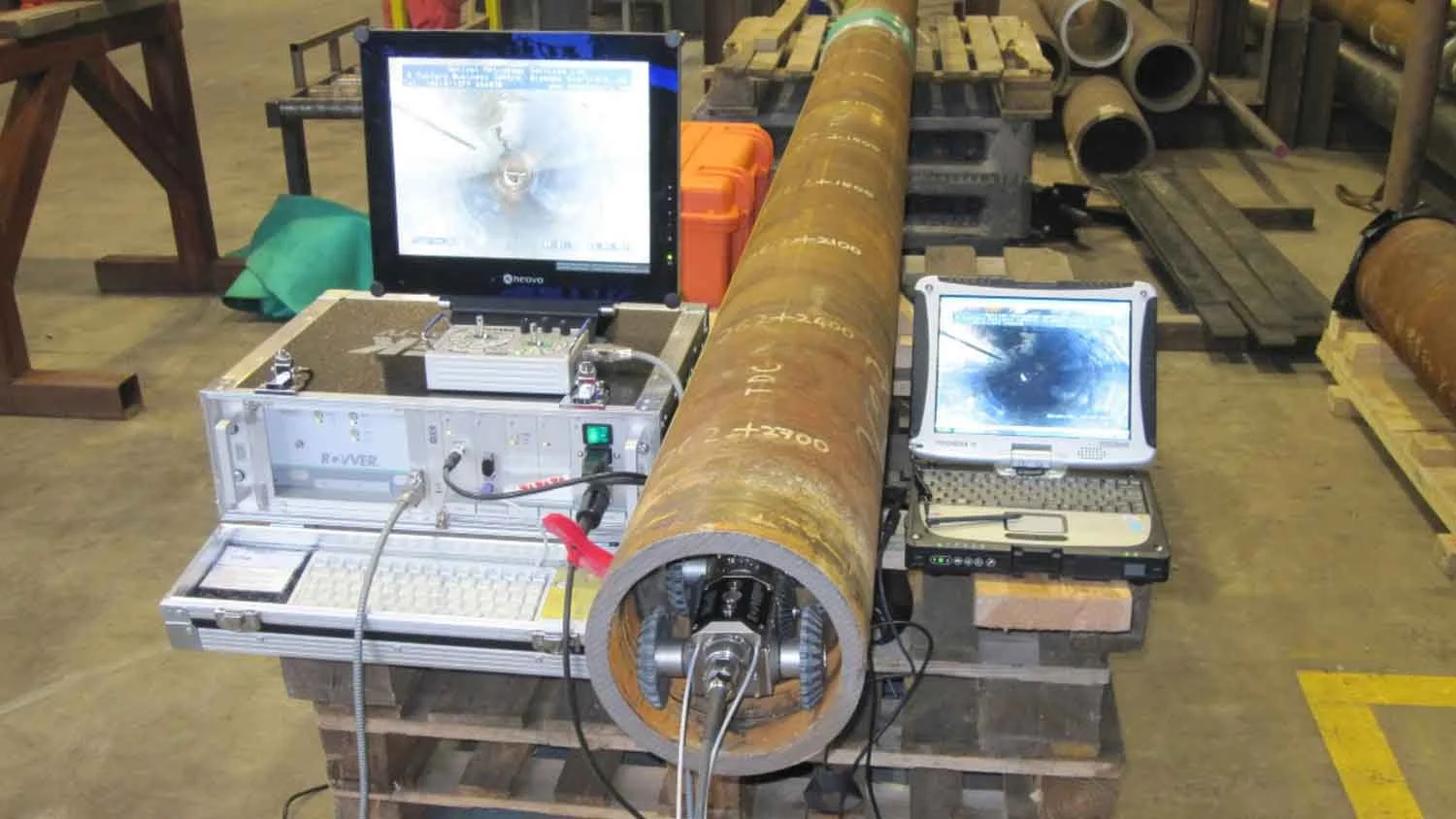Important Pipeline Welding Inspection Tips for Quality Control
Exactly how can one assure the quality of these welds that link the pipeline sections? By understanding the important pipe welding assessment tips, professionals can prevent prospective risks, minimize costly repair services, and support the dependability of these vital frameworks.

Value of Welding Evaluation
Welding assessment plays a crucial role in ensuring the structural stability and security of pipeline systems. By diligently checking out welds, examiners can recognize any type of issues or flaws that can jeopardize the honesty of the pipeline. These assessments are necessary for stopping leakages, tears, and various other potentially catastrophic failings that might lead to ecological damage, economic losses, and even death.
The importance of welding assessment can not be overemphasized, as the high quality of welds directly affects the total performance and long life of the pipeline. Via non-destructive testing approaches such as aesthetic assessment, ultrasonic screening, radiography, and magnetic bit screening, assessors can find imperfections that may not show up to the naked eye. By determining and dealing with these concerns beforehand, welding examination helps to make certain that pipes satisfy sector standards and governing demands.
Inevitably, welding inspection is an important facet of top quality guarantee in pipe maintenance, building and construction, and repair service (Pipeline Welding Inspection). By upholding rigorous assessment standards, industry professionals can minimize dangers and support the safety and security and reliability of pipe systems
Common Welding Flaws
Among the difficulties encountered in pipeline welding, typical issues can significantly impact the structural honesty and performance of the welded joints. Splits in the weld can propagate over time, endangering the structural honesty of the pipe. Finding and attending to these usual flaws via complete assessment and top quality control processes are vital for guaranteeing the integrity and security of pipe welds.
Assessment Methods for Pipes


In ensuring the structural honesty and reliability of pipeline welds, the application of rigorous assessment techniques is paramount. Various examination approaches are employed to identify prospective defects and ensure the general high quality of the welds. Non-destructive screening (NDT) methods such as radiographic testing, ultrasonic screening, magnetic particle screening, and fluid penetrant screening are typically used in pipe welding inspection. Radiographic screening involves using X-rays or gamma rays to identify internal issues, while ultrasonic screening uses high-frequency acoustic waves to determine imperfections. Magnetic bit testing works for detecting surface-breaking problems, and fluid penetrant screening is utilized to detect surface fractures. Visual inspection is likewise vital in pipe welding to identify any noticeable flaws or discontinuities. Furthermore, automated assessment strategies making use of advanced modern technologies like robotics and drones are increasingly being utilized to boost the effectiveness and accuracy of pipeline evaluations. By using a combination of these inspection strategies, pipeline weld quality can be ensured, and prospective concerns can be mitigated before they rise into larger problems.
Making Certain Quality Control Standards
To maintain stringent top quality guarantee requirements in pipe building, meticulous adherence to developed market procedures and standards is essential. Quality guarantee in welding procedures needs a detailed method including different stages of pipe building. Implementing a durable quality monitoring system that consists of normal audits and reviews can better this post enhance the general high quality assurance standards in pipe welding.
Preventing Costly Fixings
Provided the important relevance of maintaining rigid quality control criteria in pipeline building and construction, a positive method to avoid expensive repair services is important. By applying detailed examination methods throughout the welding procedure, prospective problems can be recognized and rectified beforehand, inevitably saving both time and cash. One crucial element of stopping expensive repair work is guaranteeing that welders are effectively trained and certified, as this dramatically minimizes the chance of damaged welds that may cause future failures. Additionally, utilizing innovative inspection strategies such as non-destructive screening can assist discover any kind of problems or disparities in the welds before they rise right into major troubles. Regular upkeep checks and surveillance of environmental variables that could influence the honesty of the pipe are likewise critical in avoiding expensive repairs. By buying try this preventative actions and focusing on quality control at every stage of the pipe welding process, business can decrease the danger of pricey fixings and ensure the long-lasting dependability of their facilities.
Final Thought
In conclusion, adherence to appropriate welding assessment methods is necessary for making sure the high quality and integrity of pipes. By determining typical welding issues and executing complete assessment processes, costly repair work can be protected against, and quality assurance standards can be fulfilled - Pipeline Welding Inspection. It is crucial for pipe welders to prioritize assessment treatments to preserve the security and integrity of the facilities they are servicing
The importance of welding assessment can not be overemphasized, as the quality of welds straight affects the total efficiency and longevity of the pipe. Non-destructive testing (NDT) strategies such as radiographic testing, ultrasonic testing, magnetic bit screening, and liquid penetrant screening are generally used in pipeline welding assessment. Aesthetic inspection is also important in pipeline welding to recognize any type of noticeable defects or suspensions. Additionally, automated evaluation strategies making use of advanced modern technologies like drones and robotics are significantly being used to enhance the efficiency and accuracy of pipeline evaluations.In conclusion, adherence to correct welding assessment methods is vital for guaranteeing visit this web-site the quality and honesty of pipelines.
Comments on “Safety And Security First: Comprehensive Pipeline Welding Inspection for Every Task Stage”